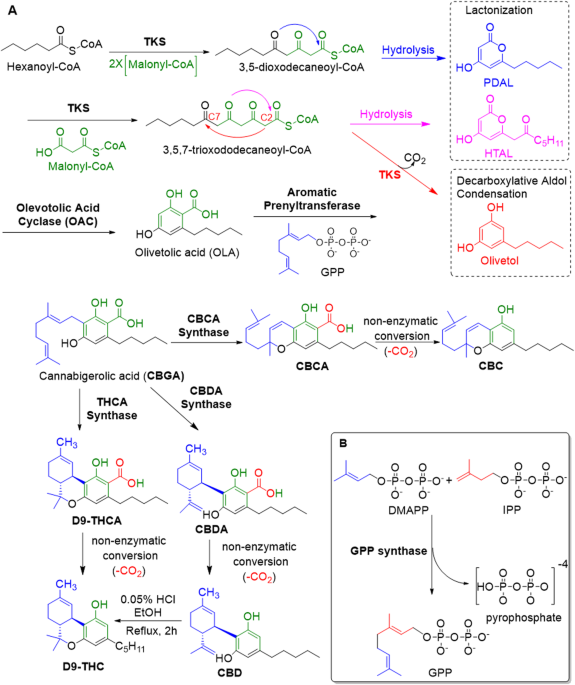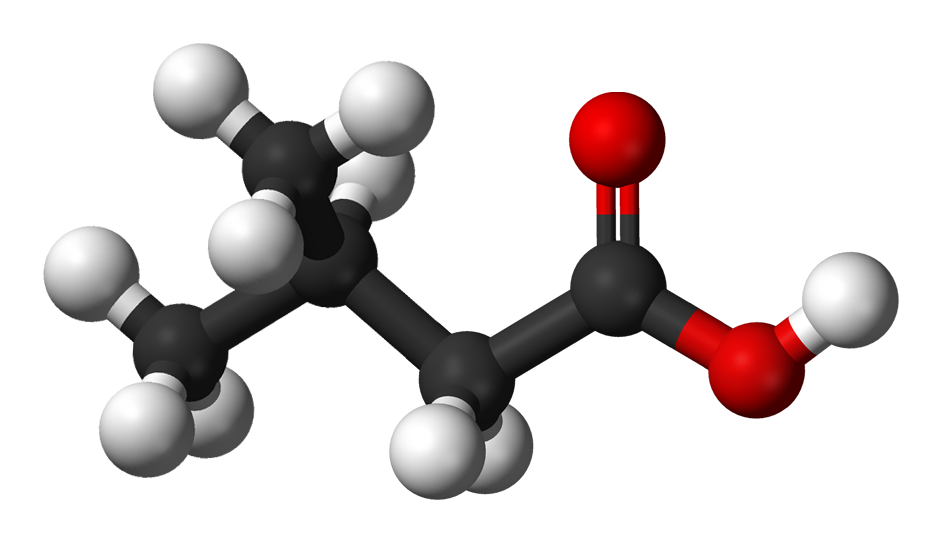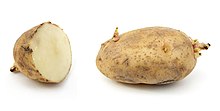acespicoli
Well-known member
RJ Brand Bud Brothers
>Best>>>ibes



 Happen to love sprouts so theres that
Happen to love sprouts so theres that

| Terpenoids | Analogue terpenes | Number of isoprene units | Number of carbon atoms | General formula | Examples[8] |
|---|---|---|---|---|---|
| Hemiterpenoids | Isoprene | 1 | 5 | C5H8 | DMAPP, isopentenyl pyrophosphate, isoprenol, isovaleramide, isovaleric acid, HMBPP, prenol |
| Monoterpenoids | Monoterpenes | 2 | 10 | C10H16 | Bornyl acetate, camphor, carvone, citral, citronellal, citronellol, geraniol, eucalyptol, hinokitiol, iridoids, linalool, menthol, thymol |
| Sesquiterpenoids | Sesquiterpenes | 3 | 15 | C15H24 | Farnesol, geosmin, humulone |
| Diterpenoids | Diterpenes | 4 | 20 | C20H32 | Abietic acid, ginkgolides, paclitaxel, retinol, salvinorin A, sclareol, steviol |
| Sesterterpenoids | Sesterterpenes | 5 | 25 | C25H40 | Andrastin A, manoalide |
| Triterpenoids | Triterpenes | 6 | 30 | C30H48 | Amyrin, betulinic acid, limonoids, oleanolic acid, sterols, squalene, ursolic acid |
| Tetraterpenoids | Tetraterpenes | 8 | 40 | C40H64 | Carotenoids |
| Polyterpenoid | Polyterpenes | >8 | >40 | (C5H8)n | Gutta-percha, natural rubber |

 funny now
funny now



His heart was fathomlessly deep, long acquainted with humility, patience, sacrifice. His little home amid the roses was austerely simple; he knew the worthlessness of luxury, the joy of few possessions. The modesty with which he wore his scientific fame repeatedly reminded me of the trees that bend low with the burden of ripening fruits; it is the barren tree that lifts its head high in an empty boast.[23]
I love humanity, which has been a constant delight to me during all my seventy-seven years of life; and I love flowers, trees, animals, and all the works of Nature as they pass before us in time and space. What a joy life is when you have made a close working partnership with Nature, helping her to produce for the benefit of mankind new forms, colors, and perfumes in flowers which were never known before; fruits in form, size, and flavor never before seen on this globe; and grains of enormously increased productiveness, whose fat kernels are filled with more and better nourishment, a veritable storehouse of perfect food—new food for all the world's untold millions for all time to come.[24]
I am an infidel today. I do not believe what has been served to me to believe. I am a doubter, a questioner, a skeptic. When it can be proved to me that there is immortality, that there is resurrection beyond the gates of death, then will I believe. Until then, no.[27]
